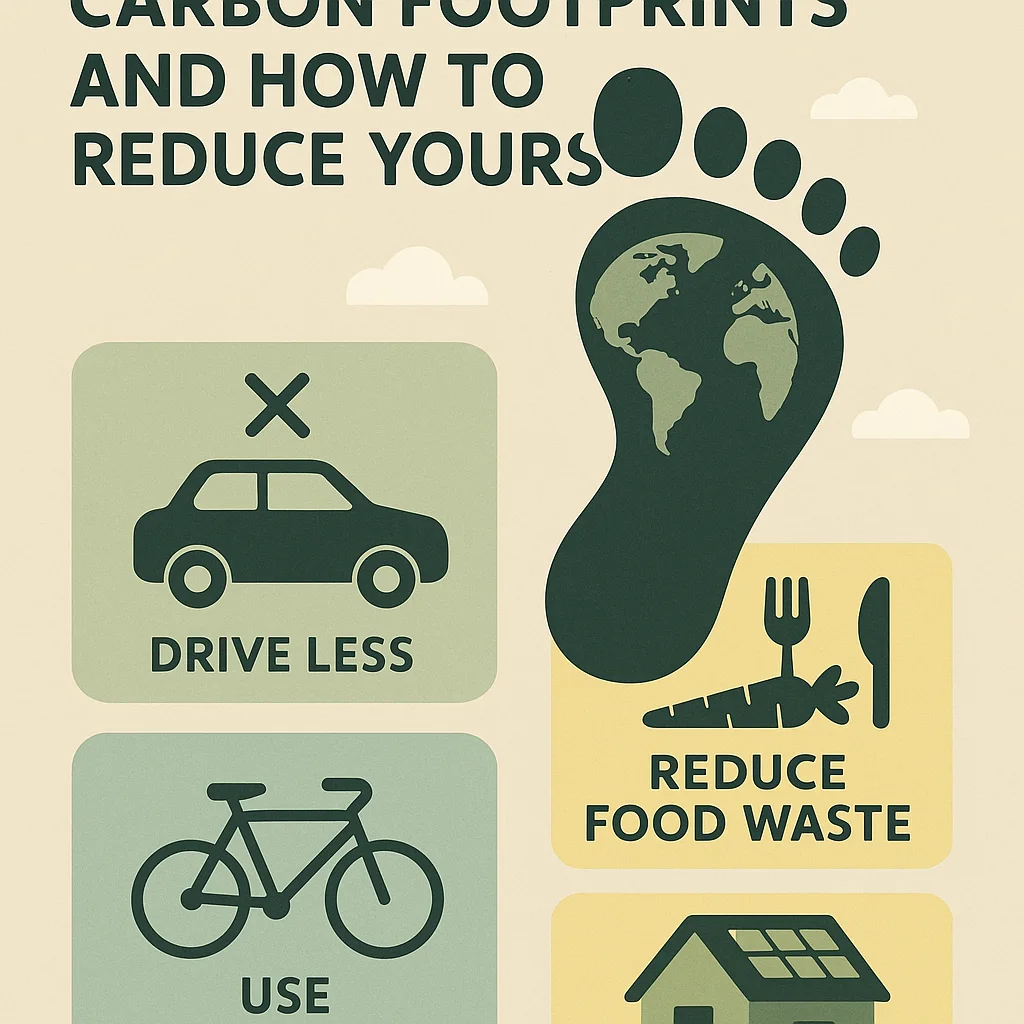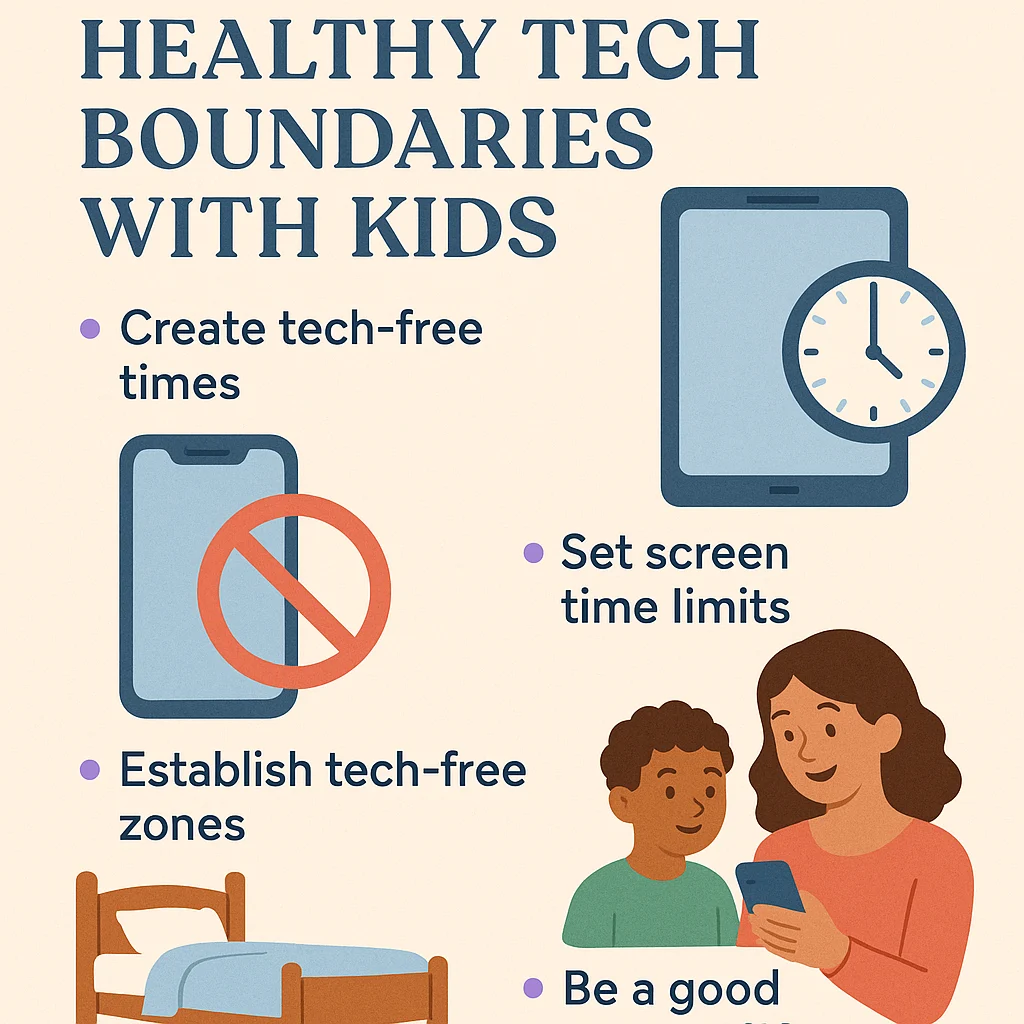One of the most important issues of our time is climate change. Ocean acidification, extreme weather, melting glaciers, and rising global temperatures are all urgent issues that are mostly caused by carbon emissions. The term "carbon footprint," however, stands out among all the technical jargon and climate reports because it directly links global warming to our everyday lives.
This blog post will explain what a carbon footprint is, how it's calculated, what causes it, and—above all—how you can lower yours by making small, daily adjustments.
What Is a Carbon Footprint?
The total amount of greenhouse gases (GHGs), especially carbon dioxide (CO₂), produced by human activity is known as our carbon footprint. These gases are the main causes of climate change because they trap heat in the atmosphere.
Driving a car, using electricity, eating meat, and buying imported goods are just a few of the many activities that release greenhouse gases into the atmosphere. We increase our carbon footprint every time we use energy, particularly when it comes from fossil fuels.
Carbon footprints are typically measured in metric tons of CO₂ equivalent (CO₂e) per year.
Types of Carbon Footprints
Carbon footprints can be divided into two categories:
-
Primary Carbon Footprint – This covers direct emissions from things like using electricity, flying, and driving a car.
-
Secondary Carbon Footprint – These are indirect emissions linked to the production, packaging, transportation, and disposal of the products we use.
A new smartphone purchase, for example, has a secondary carbon footprint due to raw material mining, assembly, shipping, and eventual e-waste.
Why Does Your Carbon Footprint Matter?
The Intergovernmental Panel on Climate Change (IPCC) states that we need to drastically cut GHG emissions if we want to keep global warming to 1.5°C over pre-industrial levels. Even though industries and governments have a significant impact, individual acts add up to global results.
In nations like the United States, the average annual carbon footprint per person is over 16 tons, whereas the global average is around 4 tons. According to scientists, the global average must decrease to less than 2 tons per person by 2050 in order to prevent the worst effects of climate change.
What Contributes to Your Carbon Footprint?
The following are the main causes of individual carbon footprints:
1. Transportation
-
Cars (especially gas-powered)
-
Flights (especially long-haul)
-
Public transit (though lower impact)
2. Home Energy Use
-
Electricity (especially from coal-based sources)
-
Natural gas or heating oil
-
Water heating
3. Food Choices
-
Meat, especially beef and lamb
-
Dairy products
-
Imported and processed foods
4. Consumer Goods
-
Electronics
-
Fast fashion
-
Plastic packaging
5. Waste
-
Landfilling food and materials
-
Improper recycling
-
Excessive single-use items
How to Measure Your Carbon Footprint
Based on your lifestyle, a number of online calculators can calculate your carbon footprint. These consist of:
You’ll be asked questions about your:
-
Driving habits
-
Flight frequency
-
Energy bills
-
Diet
-
Shopping behavior
Knowing where your emissions are coming from and how to target reductions is made much easier with this method.include:
15 Practical Ways to Reduce Your Carbon Footprint
Here are some concrete actions you can take to lessen your carbon footprint now that you are aware of its contributing factors:
🔌 1. Use Energy-Efficient Appliances
-
Switch to LED lighting
-
Use Energy Star-rated appliances
-
Unplug electronics when not in use
🚗 2. Drive Less or Drive Smart
-
Carpool, bike, walk, or use public transportation
-
Drive electric, hybrid, or fuel-efficient cars.
-
Avoid idling and drive at steady speeds
🛫 3. Cut Back on Air Travel
-
Choose train travel when possible
-
Combine multiple trips into one
-
Use reputable carbon offset programs to offset your flights.
🥩 4. Eat Less Meat and Dairy
-
Replace meat with plant-based meals several times a week
-
Choose locally sourced produce
-
Plan your meals and use smart storage techniques to cut down on food waste.
🌿 5. Switch to Renewable Energy
-
Install solar panels if possible
-
Choose green energy providers
-
Reduce the cost of heating and cooling by using programmable thermostats.
♻️ 6. Embrace the 5 R’s: Refuse, Reduce, Reuse, Recycle, Rot
-
Say no to unnecessary plastic
-
Buy secondhand
-
Compost organic waste
👚 7. Rethink Your Wardrobe
-
Avoid fast fashion
-
Support sustainable brands
-
Repair instead of replacing clothes
📱 8. Buy Less, Choose Well
-
Avoid impulse buys
-
Choose high-quality, long-lasting items
-
Think about digital substitutes for tangible goods.
🧼 9. Go Paperless
-
Opt for e-bills and e-receipts
-
Use digital notebooks
-
Unsubscribe from junk mail
🏠 10. Insulate Your Home
-
Increase the insulation in your house to reduce the amount of energy used for heating and cooling.
-
Seal gaps in doors and windows
-
Use heavy curtains in winter
🧳 11. Travel Sustainably
-
Choose eco-friendly accommodations
-
Respect local environments
-
Pack reusable essentials (bottles, utensils, bags)
🚿 12. Conserve Water
-
Fix leaky faucets
-
Take shorter showers
-
Install water-efficient showerheads
📦 13. Choose Low-Carbon Shipping
-
Group purchases to reduce packaging
-
Avoid overnight or rush shipping
-
Buy local whenever possible
🌱 14. Support Reforestation and Offset Projects
-
Donate to tree-planting efforts
-
Invest in carbon offset schemes that have Verra or Gold Standard certification.
🧠 15. Educate and Advocate
-
Share what you learn with friends and family
-
Support climate-positive policies and leaders
-
Encourage workplaces and schools to go green
Debunking Carbon Footprint Myths
❌ Myth #1: “Individual actions don’t matter.”
Truth: Even though one person might not seem like much, a group's efforts can change markets and policy. Every cut matters.
❌ Myth #2: “Offsetting makes it okay to pollute.”
Truth: Offsetting should not be a free pass, but rather a last resort. Emissions reduction ought to be the top priority.
❌ Myth #3: “Going green is expensive.”
Truth: Long-term financial savings can be achieved by making many eco-friendly decisions, such as cooking at home, cutting back on driving, and lowering utility bills.
The Bigger Picture: Systemic Change Matters Too
Systemic change is necessary, but personal accountability is also vital. Encourage businesses that put sustainability first. Choose representatives whose agendas address climate change. Encourage stricter laws and greater corporate responsibility.
Conclusion
The first step in creating a more sustainable future is being aware of your carbon footprint. It empowers you to take charge of your environmental impact. You don't have to make drastic changes to your life all at once. Instead, concentrate on making tiny, regular changes that build up over time.
Governments, businesses, and individuals must all take action to address the climate crisis. You may be surprised to learn how important your actions are.




Leave a Reply